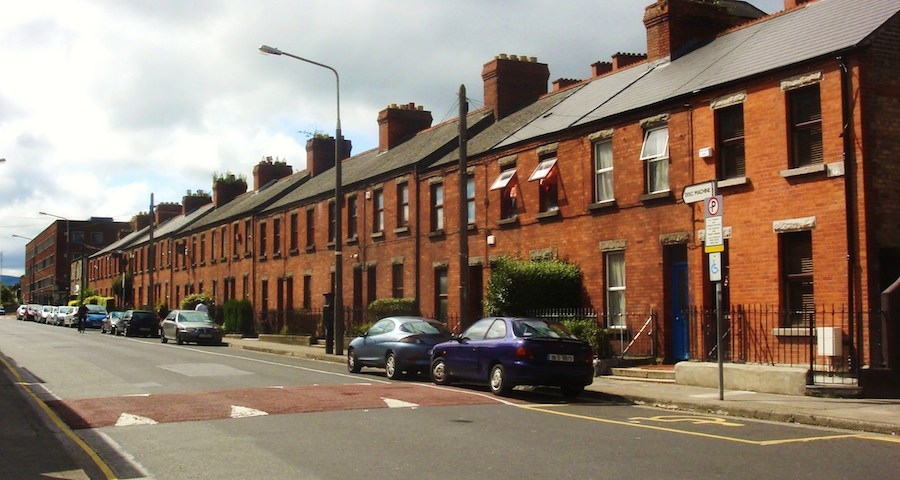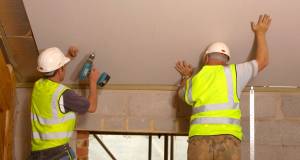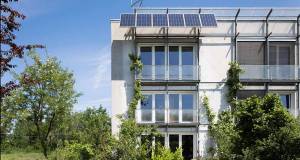
- Government
- Posted
Majority of Dublin homes have D energy rating or lower
The majority of homes in Dublin city have a Building Energy Rating (BER) of D1 or lower, according to figures released by Dublin’s energy agency Codema.
The Dublin City Sustainable Energy Action Plan analysed the energy ratings of almost 60,000 homes and applied the results to the Dublin city housing stock.
Although there was an overall drop of 23 per cent in energy consumption within the residential sector during the period 2006 - 2011, the report highlighted the poor energy performance of the majority of homes in the city, with 70 per cent rated D1 or lower. Terraced housing fared the worst, with 76 per cent of this housing type achieving a D1 rating or lower.
A total of 14 per cent of homes had a G rating, with the majority of these ratings coming once again from terraced housing. Strategic sustainable energy planner with Codema and author of the report, Donna Gartland, said: “The majority of housing is pre-1970 and terraced houses are the oldest housing type in the city. Many of these houses are very poorly insulated and require a huge amount of energy to heat; this needs to be a key area to focus on for future energy-saving initiatives.”
Apartments represented 35 per cent of the housing stock yet accounted for only 21 per cent of the total energy used, making them the most energy efficient of any housing type in the city. This is mainly due to new building regulations and the age profile of this housing type. The report also identified space heating as a particular problem area, accounting for 65 per cent of the total energy demand within the residential sector.
In relation to energy source, the sector is dominated (75 per cent) by natural gas use due to the density of the gas grid within the Dublin city region. Electricity use for space heating, however, was much higher than the national average due to the amount of storage heating in apartments. Overall the residential sector saw a drop of 23 per cent and 25 per cent respectively in the city’s energy consumption and carbon emissions during the period 2006 – 2011.
Related items
-
Energising Efficiency
-
 Property industry faces ‘triple threat’ from climate crisis
Property industry faces ‘triple threat’ from climate crisis -
 Major new grants for retrofit & insulation announced
Major new grants for retrofit & insulation announced -
 When is an A-rated home really A-rated?
When is an A-rated home really A-rated? -
 International passive house conference kicks off
International passive house conference kicks off -
 Thinking inside the box - Victorian semi retrofitted as a house within a house
Thinking inside the box - Victorian semi retrofitted as a house within a house

